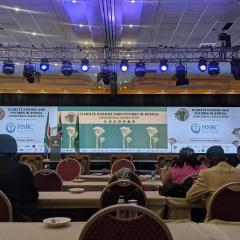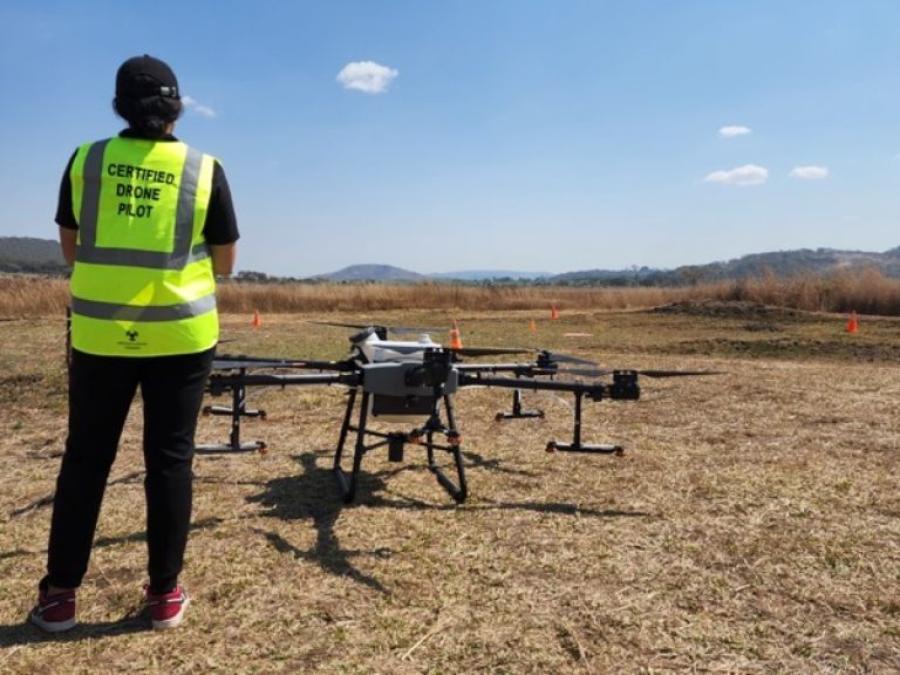
Why Drones? 10 good reasons.
June 20th, 2023
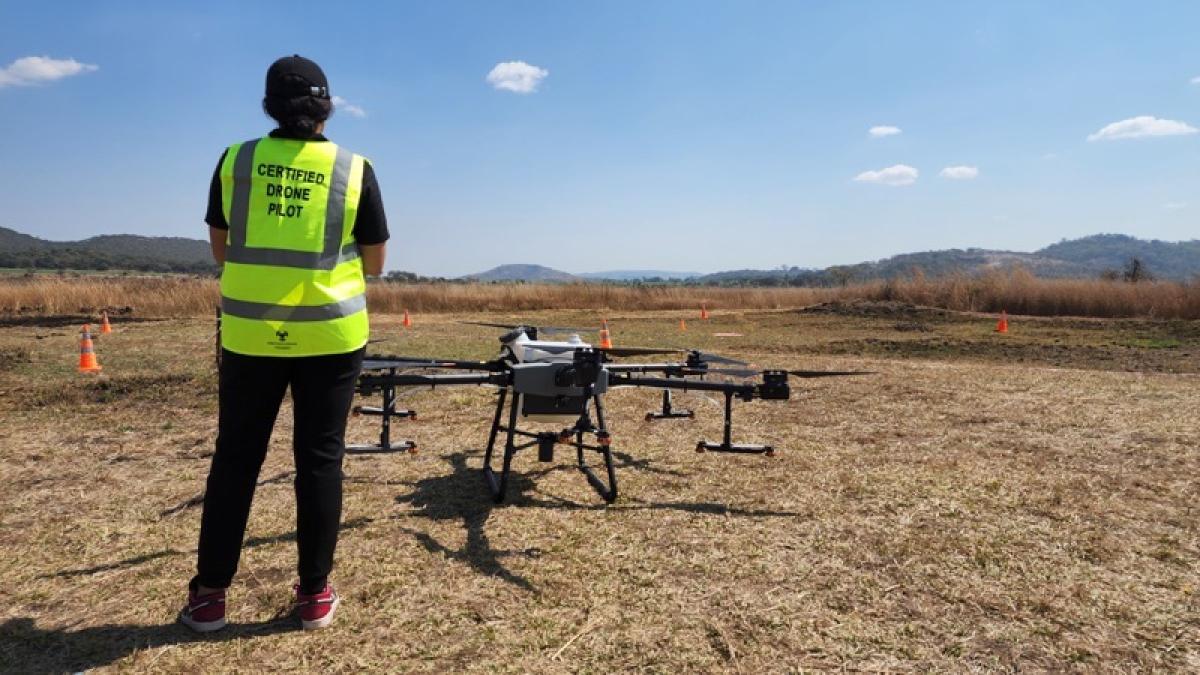
Written by Ciku Kimeria
There is a story in my community about why the hyena limps. Long story short, the honey badger played a terrible prank on the hyena so that the badger could eat all the honey they had found in a hive alone. The unsuspecting crow saved the hyena from what was about to become a near-fatal situation, but in the process, things got messy. Carrying a heavy grudge against the hyena, the crow invited the hyena to fly up to the sky, holding on to the tips of his feathers. Unbeknownst to the hyena, the crow intended to drop him straight into the earth once they got above the clouds. Once they got very high, the crow shook his feathers, and down the hyena went. Hence the limp.
Centuries (or millennia) later, another village, seas, and mountains far away from mine would tell a story of a young Icarus fleeing from King Minos in Crete who flew too close to the sun, melting the wax on his feathers and falling into the sea.
Stories of flight have always been told with a cautionary note: resist hubris, do not go against the natural order of things (or gravity), and stay close to the ground. Drones or unmanned aerial vehicles are also victims of this narrative of unnecessary flamboyance, strange things to be viewed with suspicion. And if the only times you have heard of drones is concerning capturing footage at fancy weddings, facial expressions at gender reveals, or carrying out military operations in far-flung places, then it’s understandable that you might also have the same thoughts.
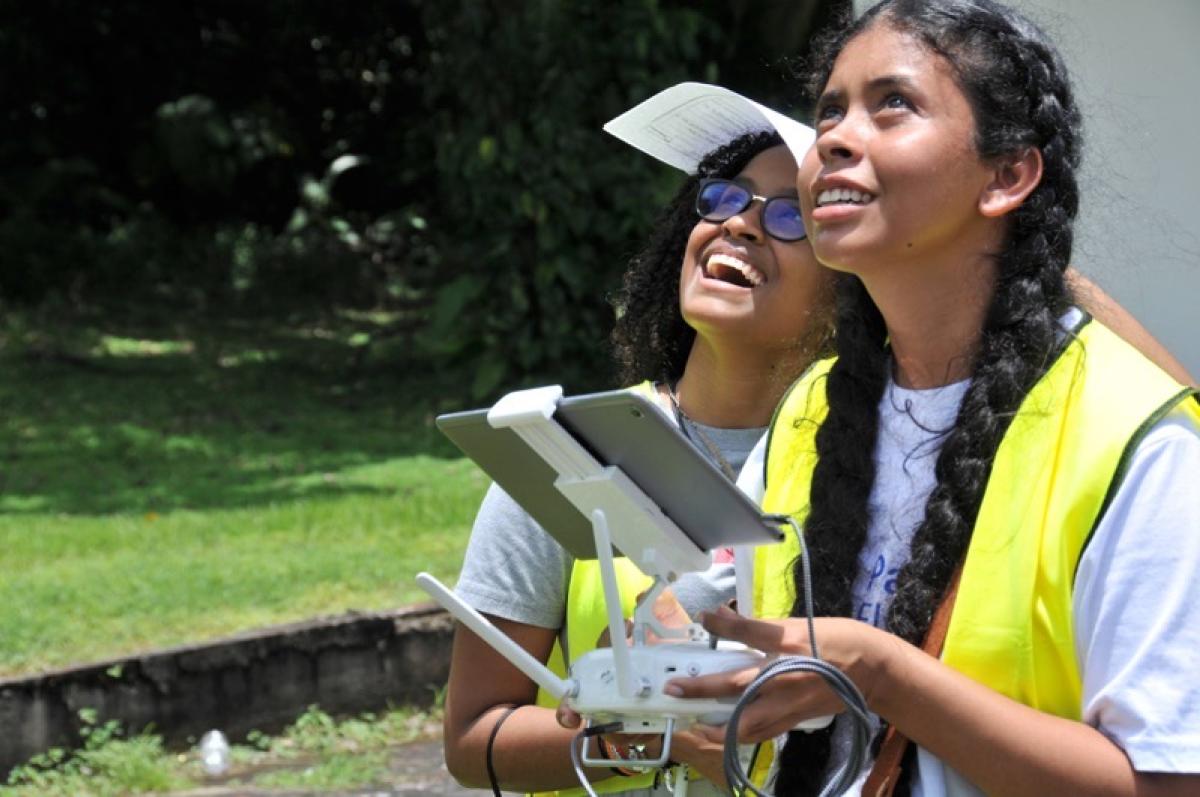
So... why drones?
This is the question we most often get asked at WeRobotics and Flying Labs. While we have an wide array of motivations to have chosen drones as technology focus of our work, we are delighted to share our 10 top reasons why we believe that drones are a great tool for a wide range of social good applications.
#1: Drones are magical and fun.
They can fly and give their operators a birds-eye view, something which many of us only see in movies and thought was for the few and fortunate. Every child (and adult) can experience this fantastic phenomenon with drones.
#2: Drones allow just about anyone to create their own geospatial (EO)and aerial data ...
... and generate information, insights and evidence. Drones are primarily a geospatial/EO data acquisition tool that allows a user to take a perspective from an aerial point of view, which can then add a wealth of information to inform a wide variety of decisions.
“The pandemic badly affected Peru as most of our population doesn’t have regular jobs. Most people need to leave their homes daily to earn money for food. They don’t have the benefit of working for formal companies. Quarantine was brutal as people were dying from COVID-19 and had nothing to eat in their homes. The government was also constantly changing the terms of the lockdown. They decided to reduce market days and wanted to know if that was reducing crowding in the markets. With drones, we could show them that when markets were closed on Sundays, on Mondays, they were overcrowded, worsening Covid. We believe we influenced the government’s decision to remove the Sunday ban.
Kimberly Rojas, Program Coordinator & Drone Pilot, Peru Flying Labs
#3: Drones provide instant data cheaper and faster for decision-making, making it easier to collect data over time.
Drones are the best option where alternatives such as satellite data are too expensive or unreliable mobile connectivity. Additionally, drones allow communities to capture, store, analyze, and interpret data, acknowledging that these communities best understand their villages, towns, and cities. In addition to being an affordable means of data acquisition, data users have the full decision power over the moment of time of data acquisition, as well as the resolution and quality of data they need.
“For everything that depends on free satellite imagery. It's not possible to access detailed information daily. Will you ask Facebook or SpaceX's Starlink to point their satellites at a town in Senegal for two days to get the data you need on road conditions, accessibility, hospitals, or agricultural areas for planning purposes? The answer is simply NO. That's why we're currently working with local stakeholders in the holy city of Touba on a project to help the organizers of the Magal pilgrimage (The Magal of Touba is the most important religious festival of the Mouride (Muslim) brotherhood in Senegal. Every year, thousands of people from all over the world travel to Touba to commemorate the exile of the Brotherhood's founder, Sheikh Ahmadou Bamba, to Gabon in 1895. It has been celebrated in Touba, Senegal, since 1928, the year following Bamba's death. For information, In 2011, the Grand Magal attracted more than three million pilgrims. Terrible accidents occur on the road to and around Touba, as millions travel there. Using our drones to collect data and making sure the data is used for decision-making, we're trying to show how good planning will help the local authorities, in particular the mayor and religious leaders of Touba, to organize the safest routes for people to get in and out of the city". The same data will also be used to assess the best way of combating flooding, as this year's celebrations coincide with the rainy season in Senegal, and Touba is a city prone to flooding."
—Tiamayou Radji, Director, Senegal Flying Labs
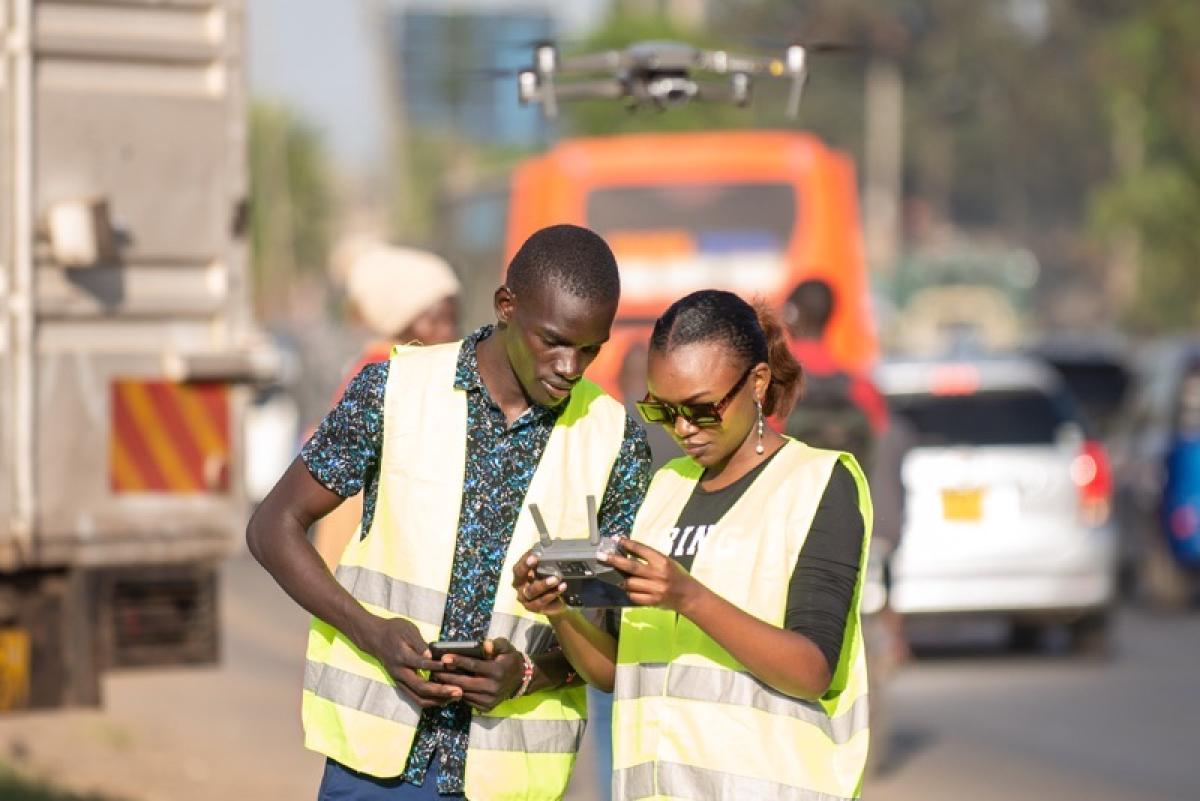
#4: Drones have multiple applications ...
... and are used to solve various humanitarian, environmental, development, and even healthcare-related problems. Members of the Flying Labs Network have used drones for diverse projects, including monitoring migratory birds in Senegal; mangrove restoration; delivery of essential medical supplies in remote, mountainous regions of Nepal with poor access to healthcare; mosquito larva siding in Zanzibar to eliminate breeding sites for mosquitoes that spread malaria; detecting and controlling illegal logging and mining in the jungles of Peru; mapping flooded informal settlements in Fiji for better urban planning; food security and reforestation projects in Kenya; improving traffic in cities such as Nairobi and more efficiently spraying fertilizer and pesticides in large tracts of land in Côte d’Ivoire and hundreds. This is just a handful of drone projects amongst the hundreds of projects and training Flying Labs have led over the past years.
#5: It’s a hands-on, practical approach to teaching and learning STEM.
Rather than reading about theories, students can apply this knowledge in real time, make mistakes, and troubleshoot through drones. It's a versatile tool for teaching youth STEM and improving their computational thinking and spatial visualization skills. With drones, students can collect data to make informed decisions.
“When teaching kids about drones, I have learned they are eager to start. You need to explain the basics of the technology, step back and let them get to it. In Fiji, there was a program with young girls. I was going through the content, and finally, they asked, “So when do we get to the fun part?”
—Amrita Lal, YouthRobotics Coordinator & GIS Support, WeRobotics
#6: Drones are innovative, new, and exciting ...
... and having members of the Flying Labs Network introduce them to young and impressionable minds is the first and most important step toward the localization and inclusion of youth. This way, youth can see the technology and its application through a local perspective enriched with local experiences, traditional knowledge, a sense of community, and the foresight for sustainable development. In addition, using drones to teach youth about potentially life-saving applications such as the ones mentioned above ensures that the learning experience is interdisciplinary, engaging, and memorable. This also allows conversation around topics usually not covered in a traditional classroom setting and increases awareness of STEM.
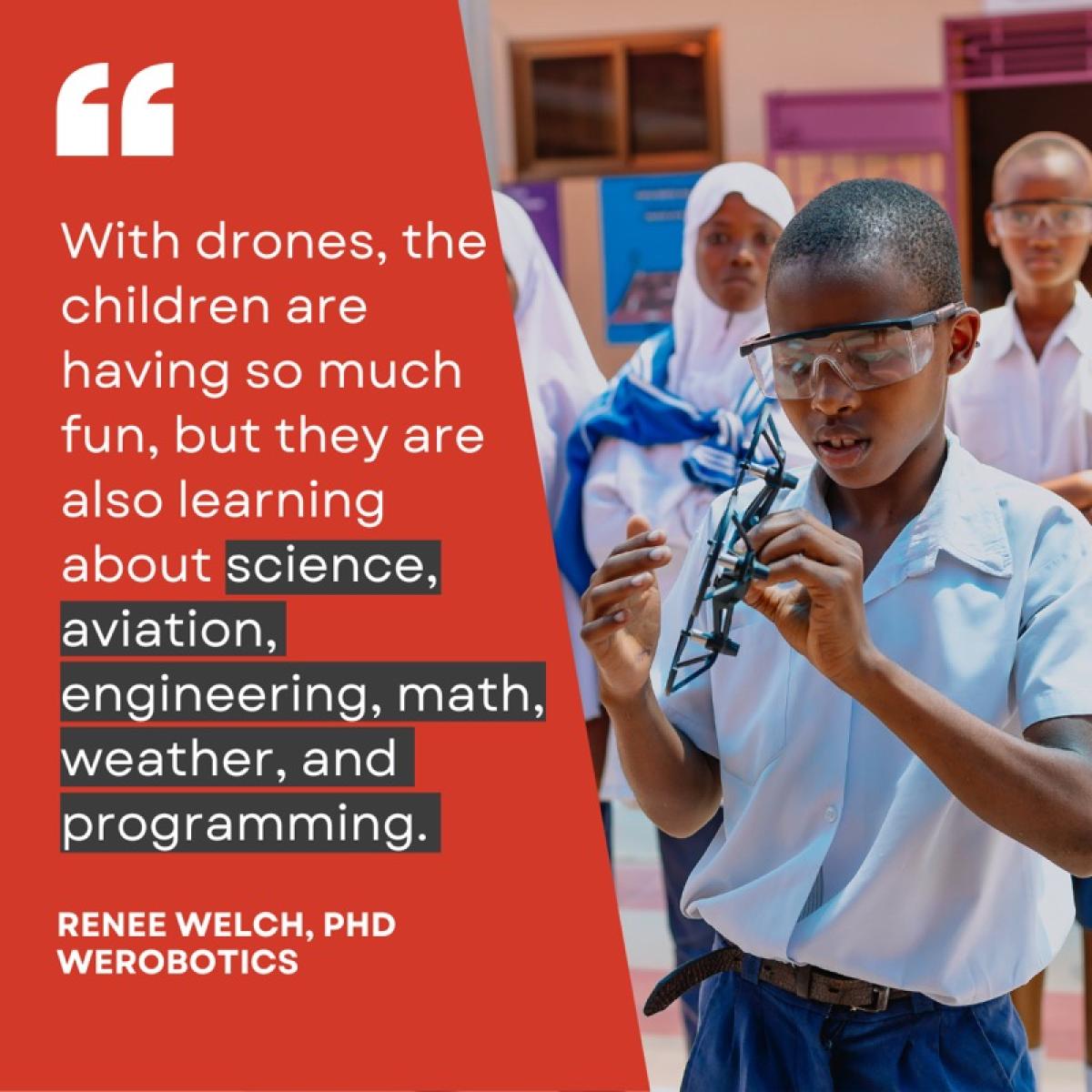
#7: It’s a hands-on, practical approach to teaching and learning STEM.
Rather than reading about theories, students can apply this knowledge in real time, make mistakes, and troubleshoot through drones. It's a versatile tool for teaching youth STEM and improving their computational thinking and spatial visualization skills. With drones, students can collect data to make informed decisions.
“When teaching kids about drones, I have learned they are eager to start. You need to explain the basics of the technology, step back and let them get to it. In Fiji, there was a program with young girls. I was going through the content, and finally, they asked, “So when do we get to the fun part?”
—Amrita Lal, YouthRobotics Coordinator & GIS Support, WeRobotics
#8: Drones have a lower barrier to entry than other aviation fields and are more easily accessible.
The costs of becoming a drone pilot are much lower than those of a manned plane pilot. Additionally, learning how to acquire geospatial data with drones is easy and fast and much more accessible to a larger public than, for example, satellite data or acquiring data with manned airplanes.
“I wanted to become a pilot, after completing my high school studies in Zanzibar. I did my research and realized it would cost more than 30 million TShs (~$13,000) to get a private pilot license. I couldn’t do that to my family. There is no way they could afford it. I instead studied computer science at the university and years later, I flew my first drone. Let’s say we want to train hundreds of people to operate satellites, it’s not that easy and it might not be accessible to everyone. Drones are much more accessible to more people.”
—Yussuf Said Yussuf, Head Pilot & Trainer, Tanzania Flying Labs
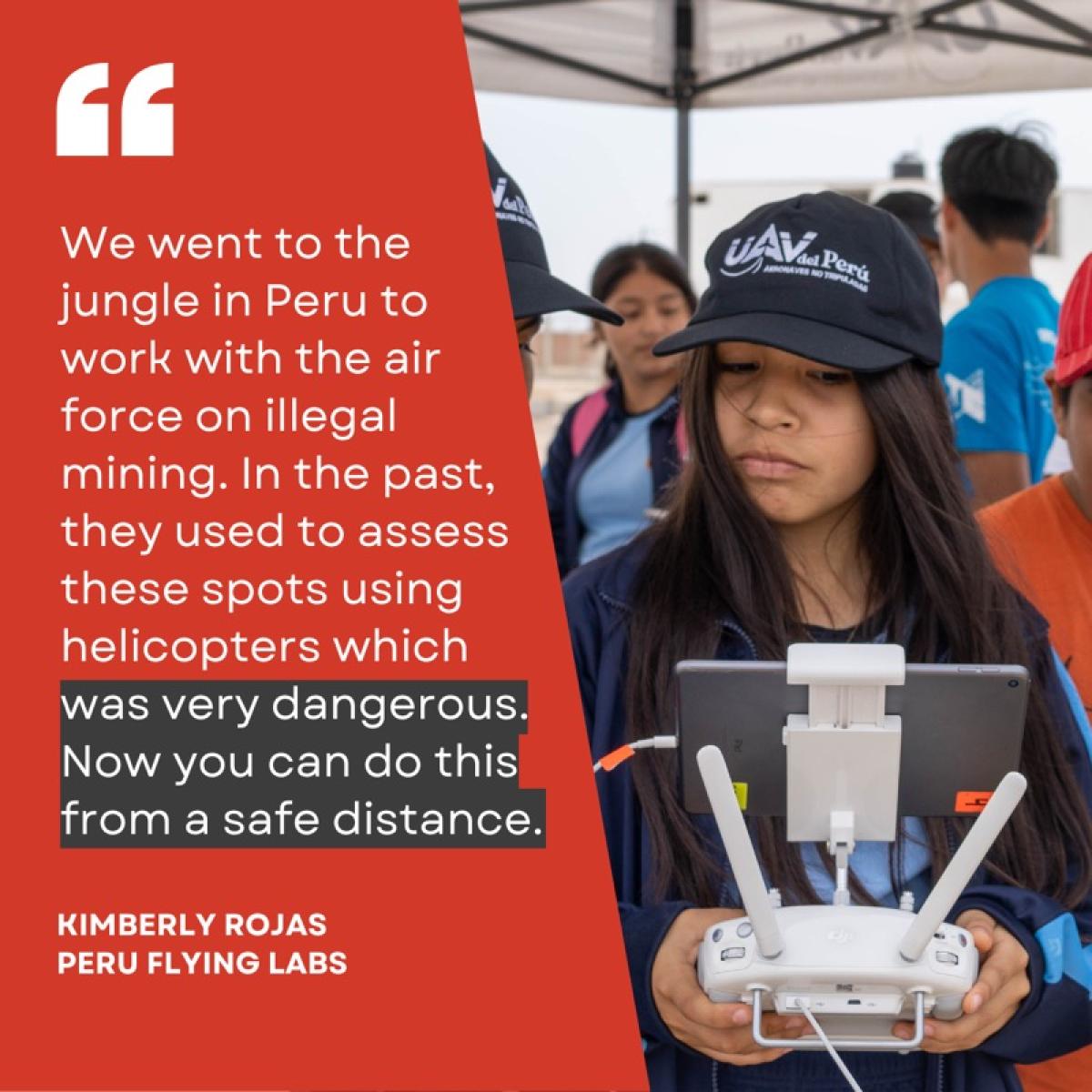
#9: Drones are safer and more forgiving than manned flights or sending people directly into hostile situations.
In several instances, drones allow communities to safely monitor and create evidence of illegal activities such as mining in protected jungles or poaching, and this without risking lives. Conservation work can be dangerous and unfortunately many conservationists have been put in harm's way and even lost their lives, for example by using planes or ULMs, to gather evidence. Drones are a safe and affordable alternative to get a bird's-eye view, and this from a safe distance, with the worst-case risk being the loss of a drone, not a life.
#10: Drones require communities to be involved and engaged. There can be no opacity with drones, as communities will notice them flying.
Using drones for community engagement can help communities become more involved in decision-making, leading to easier ownership of decisions. Involving communities in drone work is essential for better analysis and decision-making.
“From our research with the Flying Labs Network on how time is invested in drone/data projects, we found that only 10% of the time is spent with the drones, about 45% of the time is spent on data processing and data analysis, and 45% of the time is spent with community and stakeholder engagement. Reason why we have created a specific internal program (called Turning Data into Action) that focuses on the 90%.”
—Sonja Betschart, Co-Founder & Co-Pilot, WeRobotics
Ciku Kimeria is sharing her storytelling talent with WeRobotics to make the many stories in our minds and hearts come alive from a different perspective. Tell these stories will contribute to changing mindsets and inspiring local talent on how drones and their applications in the hands of local experts create a positive social impact. Ciku is a Kenyan storyteller whose work spans storytelling for development agencies, journalistic writing, editing for different media houses, travel writing, and mystery novels.
Recent Articles

